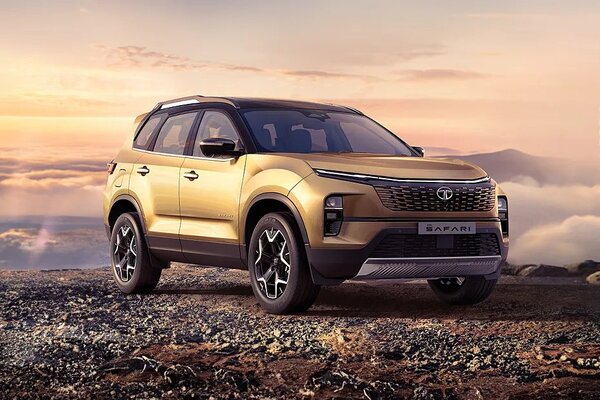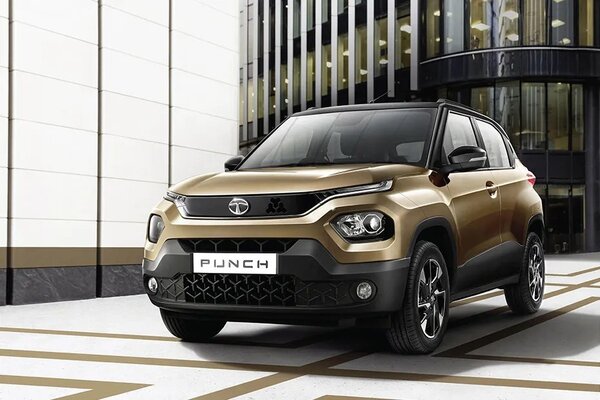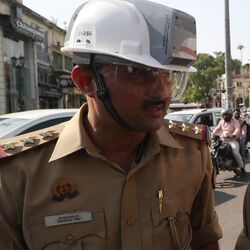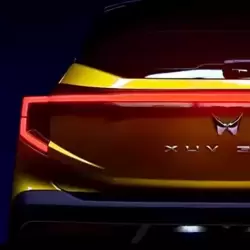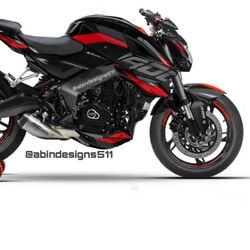Cars that care: The ‘how’ and ‘why’ behind Tata Motors' focus on safety
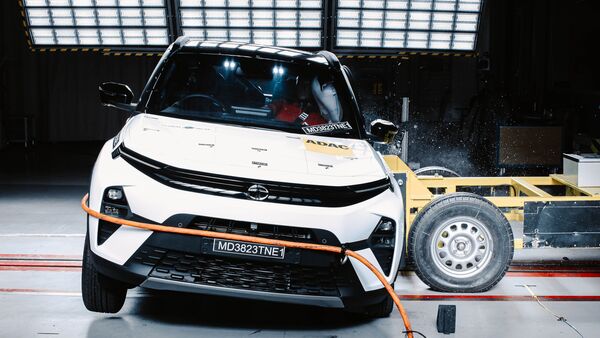

In a notable shift, safety has become a paramount concern in the Indian automotive industry with a concerted effort to enhance features that protect occupants, other motorists and pedestrians. Indian auto companies have been consistently improving safety across their vehicle range in recent years.
Tata Motors, in particular, has taken significant strides in this area. All six of its internal combustion engine (ICE) cars have achieved safety ratings of four stars or higher by Global NCAP.
Also check these Cars
For Mohan Savarkar, Chief Product Officer, Tata Motors Passenger Vehicles, manufacturing safer cars is an absolute essential even if the production process may be complicated. He says plans are already in place to also introduce even more advanced safety technologies.
Here are key excerpt from the interaction with HT Auto:
HT Auto: Multiple studies have shown that Indian auto consumers are going in favour of safer vehicles. What are the key reasons behind this shift?
Savarkar: Most of the story is to do with awareness. Additionally, coming out of COVID people have understood the importance of remaining safe for themselves and their families while also understanding the value of life. So from this point of view, more and more people feel that they owe it to themselves and their families to remain safe while on the road. Therefore, buying cars with safer history and safer specs is always good.
In addition to this, the the Indian government decision to introduce BNCAP ( Bharat NCAP) has also helped. It has allowed the OEMs (Original Equipment Manufacturer) who want to provide safer cars to have them tested and certified to a standard which is much higher than normal regulations.
HT Auto: How does Tata Motors ensure higher safety ratings of its vehicles?
Savarkar: A few things need to be done to ensure higher safety ratings. The first and foremost is there is something called an ODB 64 test, which means offset frontal crash happening at 64 kmph. And the parameter here is when a vehicle crashes at this kind of speed with a mass of let's say 1.5 tonnes, there's a huge amount of energy in the ecosystem at that time. So we need to make sure that this energy is absorbed. This energy absorption is what is done by the crumple zones and other parts of the car. This ensures that the passenger compartment remains safe and protected.
In a car, passengers are protected by two types of restraint systems: primary and secondary. Seatbelts serve as the primary restraint, and modern seatbelts are intelligent. They can sense an impending crash and automatically tighten (pre-tension) to bring occupants closer to their seats. After the crash, the seatbelt gradually releases to reduce impact. Additionally, seat belt reminders are required on all seats for higher safety ratings. While regulations do not mandate load cell-based seat belt reminders, we provide them for enhanced safety.
Also watch: Bharat NCAP passes Tata Harrier and Safari SUVs with 5-star safety rating in its first crash test
In a crash situation, while the seatbelts are doing their jobs, the passenger’s body will still keep moving forward at some velocity. So if one is not to go and crash against the dashboard or other things in the car, a cushion between the dashboard and passenger is needed. This is where airbags come in. Airbags will normally have a very explosive device inside that blows and sends out a huge amount of compressed air that keeps the bag inflated for some time. And once a crash event is over, there are holes in the air bag that let the air out.
While it is important to protect the occupants inside the vehicle, protection of other road users also becomes imperative. It's not always good to have everything made from very solid steel. OEMs need to provide parts that are weaker in the car to deform and absorb the energy in case of accidents with vulnerable road users. For example it is expected that there should be nothing for about 80 mm below the surface of the hood, so that in case of a head hitting the hood, the hood should be allowed to deform to that point.
HT Auto: What happens in a side crash situation?
Savarkar: In a side crash situation, the impact is more critical. In a frontal crash, the occupant has much more space between himself/herself and the front end of the car to absorb all the energy. In a side crash, that whole energy is to be absorbed by a very small, hardly 200 mm or a bit more space between the occupant and whatever is hitting. This is where you also have side airbags and the curtain airbag, preventing injuries to your vital organs inside.
HT Auto: How do you ensure higher safety rating for CNG models, given that they are heavier than the petrol powered models? Also because CNG is highly combustible.
Savarkar: CNG cars need extra protection in a couple of ways. As CNG cars are heavier, we have to make sure that the energy absorbing capacity of the structure is tuned up. Moreover, in case of an accident, the CNG should not catch fire. So our cars have a system that in case of an accident, there's an auto shutoff valve that will make sure that the CNG gas stops flowing, nothing happens to it.
Also Read : Tata Motors' safety drive: A closer look at company's Integrated Safety Centre
Then there can be another case that there is an accident from behind. In such cases what can happen is that the pipes can rupture. So, to protect against that, in our case, we have put the cylinders below the floor and all the piping and walls are that much extra protected from any kind of impact.
HT Auto: While most of the Tata passenger vehicles have achieved 5 star safety rating, the lower end of the portfolio which includes the Tiago and the Tigor, they are still 4 star rated. Is the company planning to enhance the safety rating of these models as well?
Savarkar: The way that we would like to look at it is that we would like to be the safest cars in respective segments. So whether a car like this can achieve a 5 star safety rating, the answer is yes. But when we want to travel that path is something we'll think about and work on. But definitely, we would want to make sure that they are the safest in those particular segments.
(Note: To achieve 5 star safety rating, a car must have upwards of 6 airbags as mandated by GNCAP and BNCAP)
The consumer trends are definitely segment driven and segment dependent. So people are buying a certain car only because it fits their pocket and it is affordable for them. We are gradually seeing that this affordability in India is going up. And people's budget sizes are going up. There will come a time very shortly when the majority of the customers will look for 5 star safety rated cars only.
Another way to look at it is that if you start examining the hatchback segment itself, it is shrinking very fast. And the reason is the same, that people are now able to buy higher end cars. So everyone who graduates is also in many ways saying that they would want to buy safer cars. The hatchback segment used to be 65 per cent to 70 per cent, not many years ago but today, they are down to 21 per cent to 22 per cent. So this population that has shifted has moved towards cars that are safer in many ways.
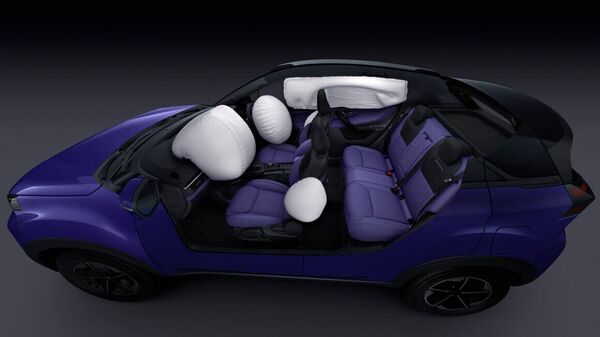

HT Auto: While cars are becoming safer with each passing day, it is also important to work on people’s mindset and encourage them to follow traffic rules. How do you see this situation?
Savarkar: So, it is more to do with social awareness. India is also maturing as a car market, so there's also something that needs to be done from the infrastructure point of view by local bodies as well as the central government which they are doing.
Most new infrastructure has segregated spaces for a moment of cars and bicycles and people. And as far as possible, you'd see in many old, let us say localities in the city also, wherever traffic has gone up, that this segregation has happened. Even in places like Mumbai, you will find the very few places where pedestrians need to cross roads.
On the punitive side also, like wearing seatbelts is being made compulsory, following traffic signs making sure that pedestrians cross the roads only at times when there's a green signal. So things like that will keep on becoming better and better.








 1497 cc
1497 cc Multiple
Multiple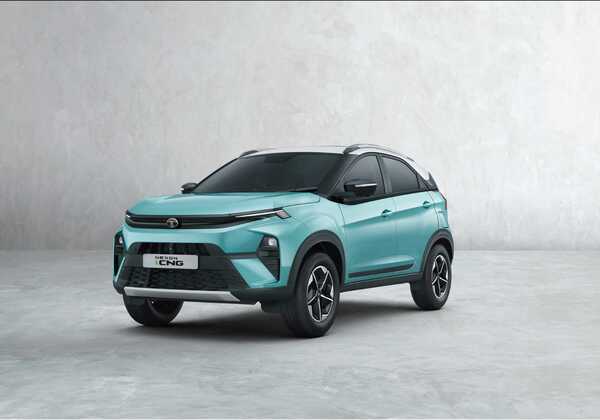

 40.5 kWh
40.5 kWh 465 km
465 km
